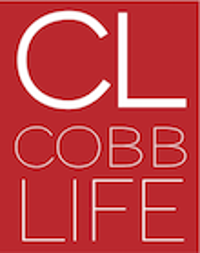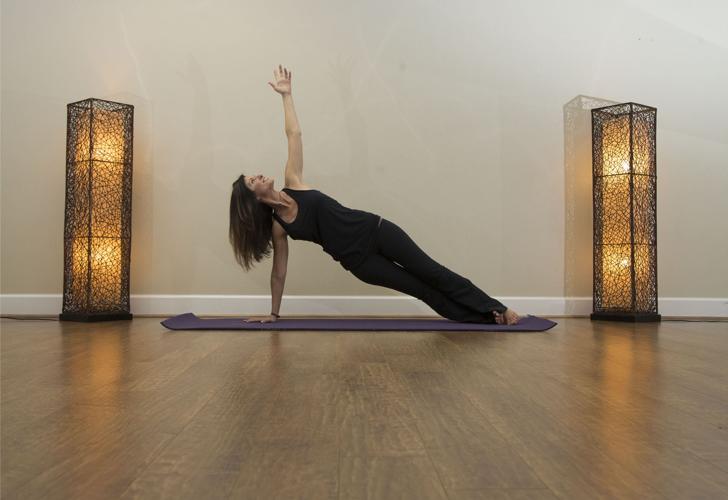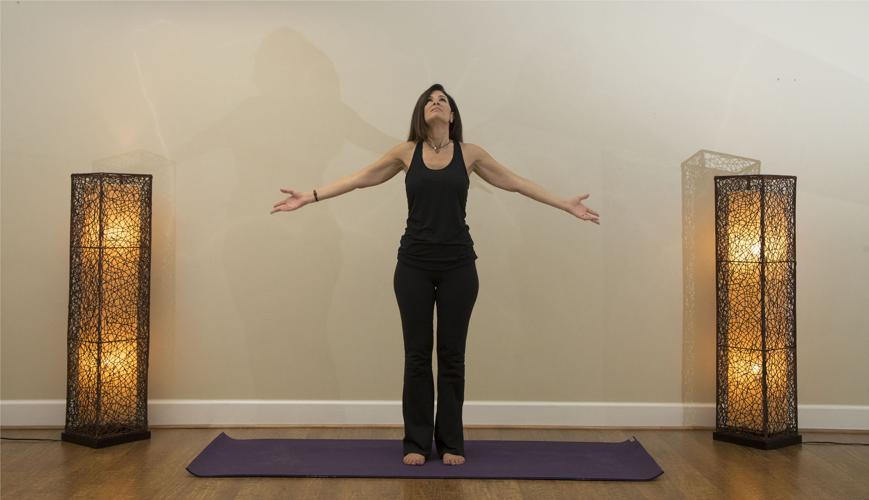‘Tis the season for resolutions. They are easy to make but rarely easy to keep. So what is the secret to finally losing those 20 pounds, or dropping that cigarette habit for good?
Rather than pushing and stressing ourselves to do more and more, the secret might actually lie in something seemingly simpler.
The practice of being present
Many could argue that 2017 was the year of mindfulness. TIME magazine dedicated an entire special issue to the topic. Oprah Winfrey essentially dedicated an entire year of podcasts, television shows and literature on the practice. It seemed that everyone was asking, “What exactly is mindfulness?”
In simple terms, mindfulness is simply training the brain through meditation to be more present in a situation and approach it with awareness, calmness and kindness rather than acting impulsively in a negative manner.
“Your brain has two very different ways of thinking and experiencing. There is a thinking mode, where we’re essentially on autopilot and are not present in controlling our thoughts and situations, and the sensing mode, where we’re really present in a situation and approaching situations through paying attention to our senses,” explained Lisa Wellstead, ERYT and founder of East Cobb Yoga and Mindfulness and Mindspace960.
Wellstead has been teaching mindfulness programs to alleviate anxiety, stress and chronic pain in Atlanta for more than 13 years, and has brought mindfulness skills to executives at Fortune 500 companies, elite sports teams, schools, and faith-based organizations in churches and synagogues.
“Most of us spend the majority of our time in the thinking mode, so it’s everything you do to analyze, dictate, investigate, problem-solve and make goals. It’s focusing on the past and the future, and not on the present. Mindfulness offers a different way and that’s through the senses. Sensing mode is everything we can see, smell, hear and taste. A lot of the imbalances we’re seeing today — societal anxiety and stress and really exhaustion — is the result of so much time being spent in this thinking mode when really, our view of our life is very narrowed. The more time we can spend in the sensing mode, the more present we can be in our lives,” Wellstead said.
Mindfulness and resolutions
Think of a problem you might be having. Wellstead explained that our natural mode of thinking is to go through the motions, then beat ourselves up later when we have failed. Mindfulness teaches us to understand our situations as they happen, make those choices, then learn to move on and forgive ourselves when those choices were wrong.
“When we’re present, we have a sense of what is most important,” she said. “It’s usually when we’re in that autopilot mode that we’re thinking more subconsciously and reflexively. So when we can slow down and really start to be curious about why we’re hungry, about why we want that cigarette, and discern between, ‘This is real hunger and this is stress. This is hunger, this is boredom. This is a craving for a cigarette or this is really just an emotional need that I have right now,’ — that’s how mindfulness can keep reminding you of what matters most, so you can start to make decisions and align your actions with what you care about.”
According to the American Psychological Association, several disciplines and practices can cultivate mindfulness, such as yoga, tai chi and qigong, but most of the literature has focused on mindfulness that is developed through mindfulness meditation.
Wellstead said learning to focus on your breathing through meditation and training your brain to meditate and be in the present can lead you on a path that will help you keep your resolutions.
“During so much of our lives, we’re not aware of what we’re doing or what we’re eating. Think of taking a yoga class. If you’re practicing fitness yoga, you’re probably thinking, ‘Am I doing this right? Do I look bad? Is everyone looking at me?’ But if you’re practicing mindful yoga, these questions will still likely come up but you’re able to shift your attention away from those thoughts and to the body, feeling your breath, letting go, anchoring yourself in the kindness and sensations of the body and breath,” she said.
Keep moving and stay present
The ’90s were a decade full of highs and lows for the Atlanta Braves. The very early ’90s, especially, found the Braves at the bottom of the league.
But Marietta resident and famed sports psychologist Jack Llewellyn helped to change that by teaching John Smoltz, Tom Glavine and many others the art of focusing on the pitch, making the pitch, then letting go from the results of the pitch so the next one can be successful.
A World Series championship was the result.
Mindfulness seeks to help the rest of us to do the same
“It really changes the way we pay attention and the way we think and perceive our experiences, to see the good and appreciate the good,” Wellstead said. “We need to celebrate those little milestones when we have those successes and be present with those and keep a resilient mindset, so when we have setbacks, when we don’t meet those objectives, we know how to respond. The default is to be self-critical and beat ourselves up. But if there is kindness and compassion and heartfulness, you will respond to adversity differently, just as you would respond to those New Year’s resolutions you have set.”
Photography by Kelly J. Huff






(0) comments
Welcome to the discussion.
Log In
Keep it Clean. Please avoid obscene, vulgar, lewd, racist or sexually-oriented language.
PLEASE TURN OFF YOUR CAPS LOCK.
Don't Threaten. Threats of harming another person will not be tolerated.
Be Truthful. Don't knowingly lie about anyone or anything.
Be Nice. No racism, sexism or any sort of -ism that is degrading to another person.
Be Proactive. Use the 'Report' link on each comment to let us know of abusive posts.
Share with Us. We'd love to hear eyewitness accounts, the history behind an article.